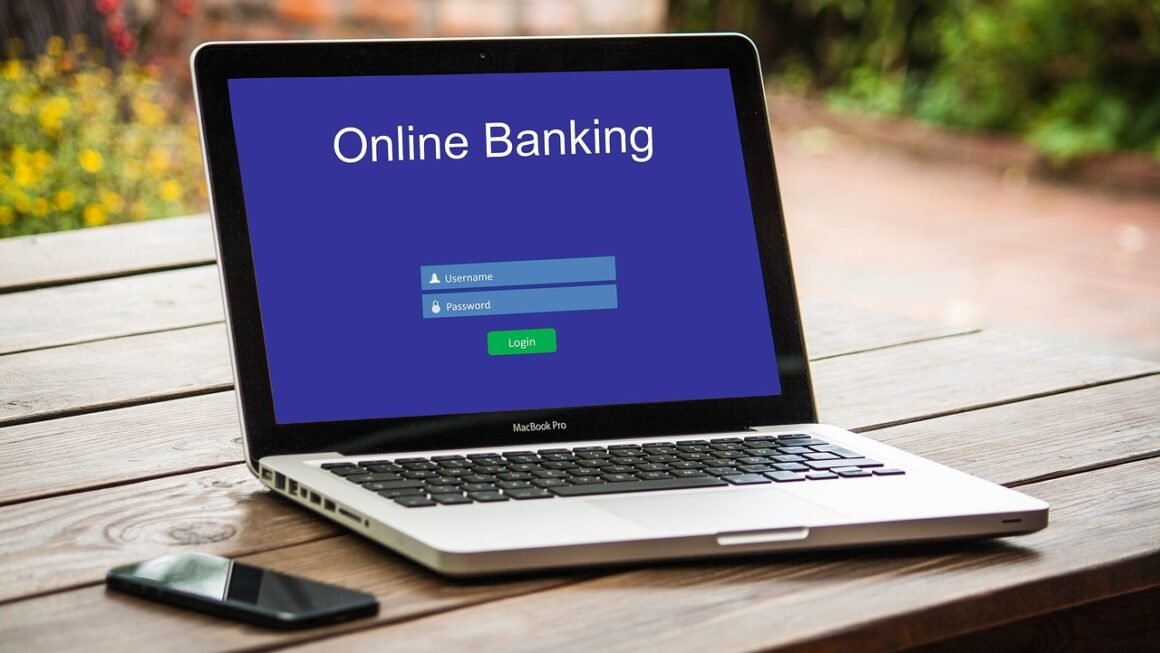Securing your data in the cloud is no longer just an option – it’s a necessity. As businesses increasingly migrate to cloud-based solutions for everything from storage and collaboration to mission-critical applications, understanding and implementing robust cloud security measures is paramount to protecting sensitive information and maintaining a competitive edge. This comprehensive guide will delve into the key aspects of cloud security, providing practical insights and actionable strategies to safeguard your organization’s digital assets.
Understanding the Cloud Security Landscape
What is Cloud Security?
Cloud security encompasses the technologies, policies, controls, and services that protect cloud-based systems, data, and infrastructure. It’s a shared responsibility model, meaning that the cloud provider (e.g., AWS, Azure, Google Cloud) is responsible for securing the underlying infrastructure, while the customer is responsible for securing what they put on the cloud.
Key Cloud Security Challenges
While the cloud offers numerous benefits, it also presents unique security challenges:
- Data Breaches: Misconfigured cloud storage, weak passwords, and unpatched vulnerabilities can lead to unauthorized access and data exfiltration. For example, a misconfigured AWS S3 bucket can expose sensitive customer data to the public internet.
- Identity and Access Management (IAM): Poorly managed IAM policies can grant excessive privileges to users or services, increasing the risk of insider threats and lateral movement. Consider implementing the principle of least privilege, granting users only the access they need to perform their tasks.
- Compliance: Meeting industry regulations (e.g., HIPAA, GDPR, PCI DSS) in the cloud requires careful planning and implementation of specific security controls. For instance, you need to ensure data encryption both at rest and in transit to comply with many data privacy regulations.
- Insider Threats: Malicious or negligent employees can pose a significant security risk, especially if they have privileged access to sensitive data.
- Lack of Visibility: Monitoring and auditing cloud environments can be complex, making it difficult to detect and respond to security incidents in a timely manner. Utilize cloud-native security tools and SIEM (Security Information and Event Management) solutions to enhance visibility.
- Evolving Threat Landscape: Cloud environments are constantly targeted by sophisticated cyberattacks, requiring organizations to stay up-to-date on the latest threats and vulnerabilities.
Core Cloud Security Principles
The Principle of Least Privilege
Grant users and services only the minimum level of access required to perform their tasks. This limits the potential damage that can be caused by a compromised account or malicious insider.
Zero Trust Architecture
Never trust, always verify. Assume that all users and devices, both inside and outside the network perimeter, are potentially compromised. Implement strong authentication and authorization mechanisms, and continuously monitor and validate access requests.
Data Encryption
Encrypt sensitive data both at rest (when it’s stored) and in transit (when it’s being transmitted). This protects data from unauthorized access even if it’s intercepted or stolen. For example, use server-side encryption for data stored in cloud storage services like AWS S3 or Azure Blob Storage.
Continuous Monitoring and Logging
Implement robust monitoring and logging to detect suspicious activity and security incidents. Collect and analyze logs from all cloud resources, including virtual machines, databases, and applications. Use a SIEM system to aggregate and correlate logs, identify anomalies, and generate alerts.
Automation
Automate security tasks such as vulnerability scanning, patching, and incident response. This reduces the risk of human error and improves the speed and efficiency of security operations. Infrastructure as Code (IaC) can greatly help with automating security configurations.
Implementing Cloud Security Controls
Identity and Access Management (IAM)
IAM is a foundational element of cloud security. Implement strong IAM policies to control access to cloud resources.
- Multi-Factor Authentication (MFA): Enable MFA for all users, especially those with privileged access. This adds an extra layer of security by requiring users to provide multiple forms of authentication (e.g., password, one-time code) before granting access.
- Role-Based Access Control (RBAC): Assign users to roles based on their job functions and grant them access to resources based on their roles. This simplifies access management and ensures that users only have access to the resources they need.
- Regular Access Reviews: Conduct regular access reviews to ensure that users still require the access they have been granted. Revoke access for users who no longer need it.
- Service Accounts: Use service accounts for applications and services that need to access cloud resources. Service accounts should have minimal privileges and should be regularly rotated.
Network Security
Secure your cloud network by implementing network security controls.
- Virtual Private Cloud (VPC): Use VPCs to isolate your cloud resources from the public internet. VPCs provide a private network within the cloud that you can control.
- Security Groups: Use security groups to control inbound and outbound traffic to your cloud resources. Security groups act as virtual firewalls that allow you to specify which traffic is allowed to enter or leave your resources.
- Network Access Control Lists (NACLs): Use NACLs to control traffic at the subnet level. NACLs are similar to security groups, but they operate at the subnet level and provide an additional layer of security.
- Web Application Firewall (WAF): Use a WAF to protect your web applications from common web exploits such as SQL injection and cross-site scripting (XSS).
Data Security
Protect your data by implementing data security controls.
- Data Encryption: Encrypt sensitive data both at rest and in transit. Use encryption keys that are properly managed and protected. Consider using Hardware Security Modules (HSMs) to protect your encryption keys.
- Data Loss Prevention (DLP): Implement DLP measures to prevent sensitive data from leaving your control. DLP tools can monitor and block the transmission of sensitive data to unauthorized destinations.
- Data Masking: Mask sensitive data to protect it from unauthorized access. Data masking techniques can replace sensitive data with realistic but fictitious data.
- Data Retention Policies: Establish data retention policies to ensure that data is stored for only as long as it is needed. Regularly delete data that is no longer required to reduce the risk of data breaches.
Vulnerability Management
Proactively identify and remediate vulnerabilities in your cloud environment.
- Vulnerability Scanning: Regularly scan your cloud resources for vulnerabilities. Use automated vulnerability scanning tools to identify potential weaknesses in your systems.
- Patch Management: Implement a patch management process to ensure that your systems are up-to-date with the latest security patches. Patch vulnerabilities promptly to reduce the risk of exploitation.
- Configuration Management: Implement configuration management to ensure that your systems are configured securely. Use configuration management tools to enforce security policies and prevent misconfigurations.
Selecting the Right Cloud Security Tools
Cloud-Native Security Tools
Cloud providers offer a range of security tools and services that are specifically designed for their platforms.
- AWS Security Hub: A central security dashboard that provides a comprehensive view of your security posture in AWS.
- Azure Security Center: A unified security management system that helps you prevent, detect, and respond to threats in Azure.
- Google Cloud Security Command Center: A security management and data risk platform for Google Cloud.
Third-Party Security Tools
Many third-party security vendors offer cloud security tools that can complement cloud-native tools.
- SIEM Solutions: Security Information and Event Management (SIEM) systems collect and analyze logs from various sources to identify security incidents.
- Cloud Workload Protection Platforms (CWPPs): CWPPs protect cloud workloads, such as virtual machines and containers, from threats.
- Cloud Security Posture Management (CSPM) Tools: CSPM tools help you identify and remediate misconfigurations in your cloud environment.
Conclusion
Cloud security is a shared responsibility, demanding a proactive and multi-faceted approach. By understanding the unique challenges of the cloud, implementing core security principles, and leveraging appropriate security controls and tools, organizations can effectively protect their data and systems in the cloud. Continuous monitoring, regular security assessments, and staying informed about the evolving threat landscape are crucial for maintaining a strong cloud security posture. Remember, security is not a one-time fix, but rather an ongoing process of improvement and adaptation. Prioritizing cloud security is vital for fostering trust, ensuring compliance, and achieving long-term success in the cloud.



